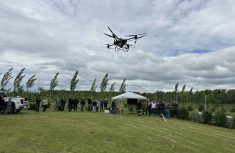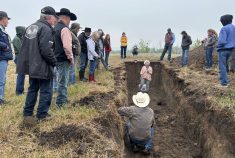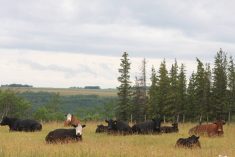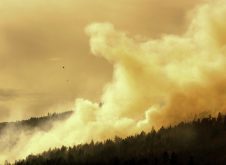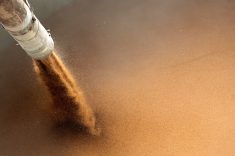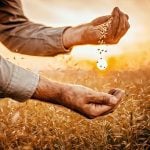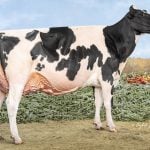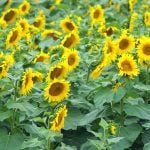In November, I was at the Canadian Forage and Grassland Association conference in Calgary when Dr. Henry Janzen delivered an inspiring opening keynote.
Janzen, quoting environmental scientist Donella Meadows, suggested we pay attention to what is important, not just what we can measure. Often we evaluate systems based on only what we can measure, he told me afterwards in an interview for the Between the Rows podcast. But with our livestock and forage systems, there are many other important functions and processes not easily captured in numbers. Biodiversity and aesthetic appeal are two examples. So is a grassland system’s ability to filter air and water.
Read Also
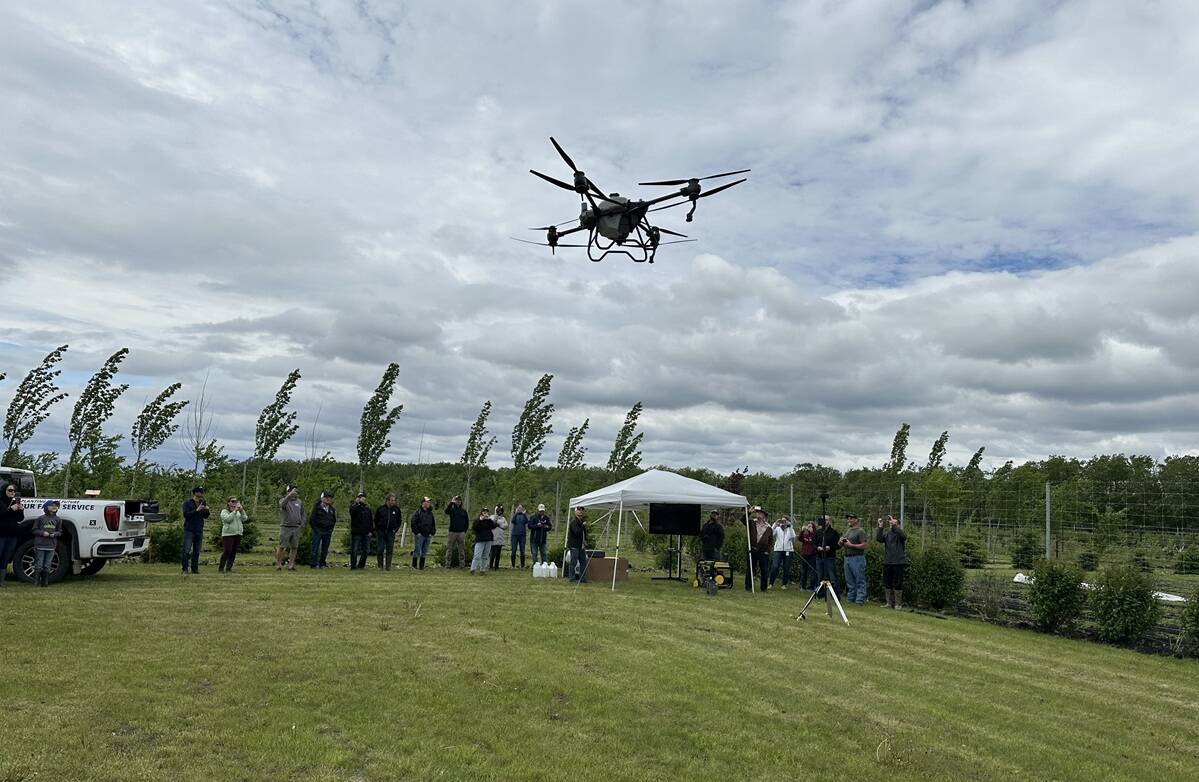
What an abundance or scarcity mindset means for farm and ranch families
Shifting to an abundance mindset means taking stock of what you’ve got and figuring out how to improve those resources.
We know intuitively that these things are important, he said. “But we haven’t quite figured out a way to put a number on them. And unfortunately if you can’t put a number on those things, sometimes those important functions are lost.”
To stay in business, a beef producer has to pay attention to numbers, to things like cost of production and market prices. After all, a beef producer has to make a living just like everyone else. But Janzen’s talk reminds us that there is more to it.
To keep the land productive for years, for generations, producers can’t exhaust all that land’s resources. That makes land stewardship a priority. While there are always a few bad actors, I do think most beef producers care about the land.
I know I’m preaching to the choir, but I write about it because it’s something I thought about during the public conversation around Saskatchewan’s proposed changes to trespassing legislation. If you missed that, the gist of it is that people will have to ask landowners for permission before entering private land, whether or not it’s posted. There was plenty of discussion about the damage trespassers can do to crops and livestock, but I thought the stewardship piece was missing. To protect the integrity of the land, producers need to be able to manage access.
Speaking of stewardship
I was quite honoured to find out I’d be taking the reins at Cattlemen last fall. I didn’t have a chance to write about it in my last column, but I wanted to thank the Cattlemen team. After putting together a couple of issues, I have a whole new respect for the people that make it happen.
I’ve also been extremely lucky to work with Gren Winslow in recent months. A person has to be organized and detail-oriented, but also able to look at the bigger picture and plan ahead. Gren’s been helping me figure all that out.
Hugh McLennan sent me an interview he did with Gren in 2000. Parts of the interview aired on his radio program, Spirit of the West (listen to the audio file below). It was interesting to hear them discuss issues of the day, such as the country-of-origin labelling that the U.S. Senate had just passed. Gren didn’t see it going away, but hoped it would be sidelined.
[AUDIO: Gren Winslow interview with Hugh McLennan, 2000]
“I think a lot of people in the industry are concerned about it,” he said, adding that it was likely to add friction, complication and cost. The U.S. meat trade was concerned it would reduce beef’s competitiveness to chicken and pork, he added.
Also interesting was the proposed national identification program for cattle. At the time, despite questions around cost and tag retention, Gren said he thought it was moving ahead. “The problems with it are going to be more technological now.”
Gren said he and field editor Larry Thomas weren’t hearing much “real heavy resistance” to the mandatory national identification program. Musing on the lack of resistance, Gren figured it was “the weight of this whole BSE question out of Europe and the fear of that.”
We now know the beef industry faced some rough years after that interview. Gren made sure the magazine provided the coverage readers needed to stay informed and make the best decisions they could.
Gren also talked about the advice he got from Frank Jacobs, former editor of Canadian Cattlemen. Frank told him to respect the readers. He added that “cattle people are the best people in the world and you should be honoured that you have a chance to work for them.”
Gren said the same thing to me when I started. I am honoured to work for you, and I hope to be a good steward of the magazine. Thank you for reading.
Correction
In the January issue, we reported on coming changes to Canada’s grading system. A major change took effect on January 15, when the Canadian yield grades went from measuring lean content to cut yield content. As the original article stated, Canada also went from three to five yield grades. However, we stated that the U.S. yield grades measure lean yield. The U.S. yield grades actually measure cut yield, which includes boneless, closely trimmed rib, loin, chuck and round retail in a carcass.




